|

On eBay Now...
X-RARE Set of 5 Chinese Buddhist Translucent Green Glass Musicians For Sale
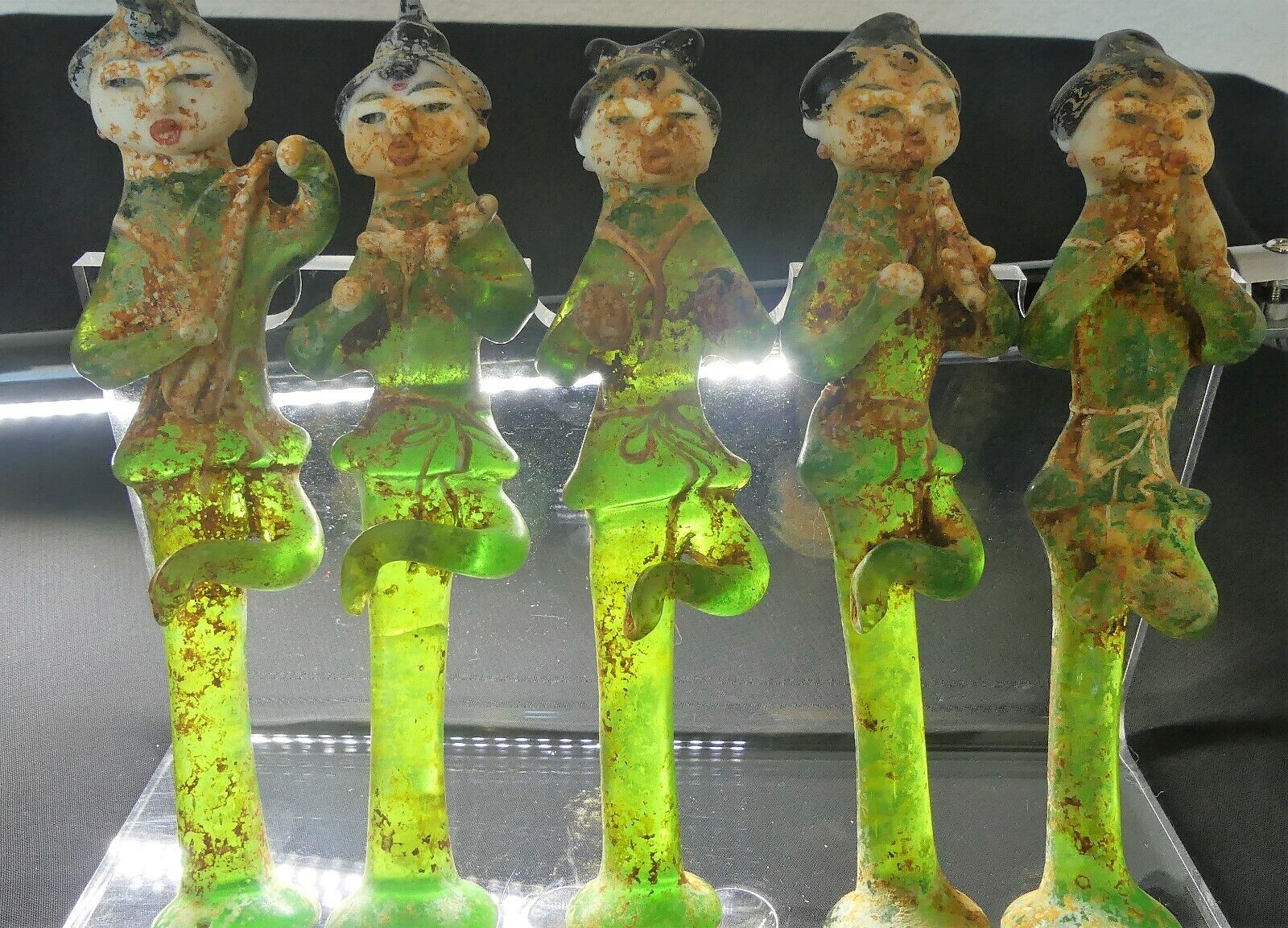
When you click on links to various merchants on this site and make a purchase, this can result in this site earning a commission. Affiliate programs and affiliations include, but are not limited to, the eBay Partner Network.

X-RARE Set of 5 Chinese Buddhist Translucent Green Glass Musicians:
$7125.00
ANCIENT CIVILIZATIONS Artifacts, Antiques, & Fine Collectibles
Five Ancient Chinese Translucent Green Glass Quintet Buddhist Musicians, Singers, and Dancers
PROVENANCE/HISTORY These five, ancient, green glassBuddhist Musicians figurines were obtained from an old collection that once was held in Henan, China. The collection was reportedly moved to Hong Kong in the 1960s. This is the first time they have been offered for sale in the UnitedStates. This museum quality set is ExtremelyRARE and is Guaranteed authentic and original! This is one of three sets that I obtained and each is listed separately on my store. This itemis legal to buy/sell under U.S. Statute covering cultural patrimony Code 2600,CHAPTER 14, and is guaranteed to be as described or your money back. This item will come with a Certificate ofAuthenticity (COA) from ANCIENT CIVILIZATIONS.
DETAILS AND CONDITION
Each of this matching set of five, translucent, green glassfigures measure approximately 5.36” tall x 1.14” wide x .75” in depth (136 mm x29 mm x 19 mm) and weigh about 72 grams or 2.5 ounces. They were all cast and remarkable in their display of movement and rhythm. Each female quintet figurine plays a different instrument andeach musician is also singing and dancing as they stand on one leg. They are made of green glass that hashighlight layers of multi-colored, opaque glass layered on top of the moldedglass figure. The Buddhist, quintet band members are depicted playing theirrespective instruments that are typical Tang Dynasty: bamboo pipes, guqin, pipa, flute, and one of the band members plays a clapper with heretwo hands to maintain the beat. Thisquintet was the classical standard during China’s famous Tang Dynasty over1,000-years-ago! The sea-mist green glass figures were hand-cast in a mould andone can still see the pontil mark (also called a punt mark or scar) where eachof the delicate glass musicians was removed from the pontil rod used to removethe glass figures from their moulds over 1,000 years ago! Each figure is made from translucent,sea-mist green glass. All five musiciansare highlighted with other colors of glass.When held up to a strong light, the colors are breathtaking! See back-lite macro photo # 1 for details! Their slender bodies that are hourglass shaped, wear simpletwo-piece outfits that are tied at the waist with white belts. All musician/singers have elaborate hairstyles and their eyes are black. Theywear red lipstick and each woman has the traditional Buddhist red mark (calleda bindi) on her forehead to symbolizeher “Third Eye Chakra”—the Eye of Enlightenment. (see below for moredetails) Each figure has an original and authentic coating of minerals,including the reddish, iron deposits and white calcium deposits that are commonfor objects of this age, and earthen encrustation from having been buried inthe damp earth for over 1,000 years. These five figures have not been cleanedor chemically treated and are in “as found” condition. They were purchased from an old, privatecollection that was in LuoYangShi, Henan, China. Each figurine is a work of art and they are all truly museumquality. There appear to be no repairsor restorations on any of the figures.To have even one of these glass Tang Dynasty musicians in a museum orprivate collection is remarkable, but to have a matching set of five isamazing!
BUDDHISM IN CHINA Buddhism arrived in China around the 1st century ADand introduced new types of art into China, particularly in the area ofstatuary. Upon receiving this distant religion, strong Chinese traits wereincorporated into Buddhist art. The first Buddhist sculpture is found datingfrom the Three Kingdoms period during the 3rd century, while the sculpture ofthe Longmen Grottoes near Luoyang, Henan Province of the Northern Wei, 5th and6th century has been widely recognized for its special elegant qualities. In the 5th to 6th centuries, the Northern Dynasties,developed rather symbolic and abstract modes of representation, with schematiclines. Their style is also said to be solemn and majestic. The lack ofcorporeality of this art, and its distance from the original Buddhist objectiveof expressing the pure ideal of enlightenment in an accessible and realisticmanner, progressively led to a change towards more naturalism and realism,leading to the expression of Tang Buddhist art starting in the 7th century. In the second half of the sixth century, China, longdivided into north and south, is further subdivided into the northwestern andnortheastern regions ruled by different factions of the once-powerful NorthernWei empire. The reunification of China under the subsequent Sui and Tang dynastiesinitiates a period of prosperity, trade relations, and far-reaching influence.Chang\'an, their capital, was one of the largest and richest cities in theworld. Art and literature flourish, reflecting influences from the differentcultures with which China maintains diplomatic and trade relations. In additionto painting and calligraphy, Tang is noted for its Buddhist sculpture,metalwork, and ceramics, both brightly glazed tomb figures and white-bodiedvessels. After the fall of the dynasty in 907, China is once again divided intonorth and south, ruled by competing dynasties and kingdoms. {Reference: Wikipedia & MET} Similar examples can be found in China’s famous PalaceMuseum in Beijing or in the National Palace Museum in Taipei.
COLORSYMBOLISM IN BUDDHISM Buddhismtraveled from India into China during the 1st century AD, becoming part ofChinese life and culture alongside the other established belief systems.Statues and Buddhist-related figures like these were commissioned by followersand used during worship. Thecolors used in these glass figurines were not chosen just for their beauty, butalso for their symbolism in the Buddhist religion. Color symbolism is used in awide variety of fascinating ways in Buddhist art and ritual. In Buddhism, each of five colors(pancha-varna: which are Blue, Black, Red, Green andYellow) symbolizes a state of mind, a celestial Buddha, a part of the body, apart of the mantra word Hum, or a natural element. It is believed that bymeditating on the individual colors, which contain their respective essencesand are associated with a particular Buddha or bodhisattva, spiritualtransformations can be achieved. Eachfigurine has their mouths open as if singing and their legs and bodies aredepicted dancing while playing their respective instruments. Note the classic vermillion red dot on theirforehead. The urna (also called a bindi)is the dot on the Buddha’s forehead that symbolizes his special wisdom. Accordingto Wikipedia and the MET, a woman had the classic the red dot on her foreheadto symbolize the Third Eye, through which she could see the world mostclearly. From Vedic times, this bindi was created as a means to worshipone\'s intellect. Therefore, it was used by both men and women to add in thesearch of wisdom and truth. In meditation, this very spot between the eyebrows(Bhrumadhya) is where one focuseshis/her sight, so that it helps concentration. Most images of Buddha or Hindudivinities in meditative pose with their eyes nearly closed show the gazefocused between eyebrows. The worship of intellect was in order to useit to ensure their thoughts, speech, actions, habits, and ultimately theircharacter would become pure. A strongintellect was thought to allow one to make noble decisions in life, to be ableto stand up to challenges in life with courage, and to recognize and welcomegood thoughts in life. The belief was that on this foundation, a strongindividual, a strong family and a strong society can be formed. REFERENCES: Chinese History Museum in Beijing containsan outstanding collection of early Chinese glass objects, including a smallaqua cup that was found in a Han Dynasty tomb in Guangxi Province, China. See “AncientGlass Research Along the Silk Road” Edited by Gan Fuxi (Chinese Academy ofSciences & Fudan University, China), Robert Brill (The Corning Museum ofGlass, USA), & Tian Shouyun (Chinese Academy of Sciences, China). This bookstates that ancient Chinese glass from the Eastern Han Dynasty to the TangDynasty (200-700 AD) contained High Lead Silicate or PBO-SiO2. Although chemical tests have not been run onthese 5 glass figures, it is believed that they all are made from this glasscomposition. The Qinghai Museum is located at No.4Weimin Alleyway, Xining. Over 10,000items are displayed, including a collection of Han Dynasty artifacts, Mongolianpottery, Tibetan mani-stones (stones carved with religious prayers and images),and glass figurines like this set of glass figurines. See “ScientificResearch in Early Chinese Glass” author: Robert H. Brill and John H.Martin, editors, 1991. Kwan, Simon; Early Chinese Glass; Hong Kong, 2001.ISBN. 9627 101524 Palace Museum in Beijing, China National Palace Museum in Taipei MET in New York City Wikipedia offer with confidence--as I have Positive response from hundreds of satisfied customers from around the world! Please look carefully at thephotos, taken with macro lens, since they are part of the description. Some photos taken indoors with a strong back light to show the beauty of the translucent glass figures.
They would make a wonderful addition to your collection or a Super gift!
Thestand and ruler are not part of the sale, just there to give you a perspective and a good view of item. And please ask any questions before you buy. Thanks!

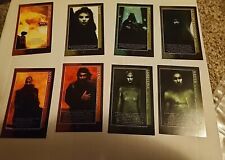
Coheed And Cambria Good Apollo IV Trading Cards 2005 Amory Wars Set Of 8x Rare $350.00
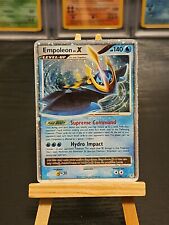
Empoleon LV.X Rare Holo 120/130 Diamond & Pearl Base Set Ultra Rare $17.39
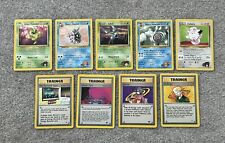
Pokémon Cards Bundle - 9x Rare Non Holo Gym Heroes Set - WOTC TCG $49.72
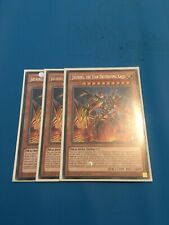
3x Rare/Common Jizukiru, The Star Destroying Kaiju Mixed Set 1st Edition $3.61
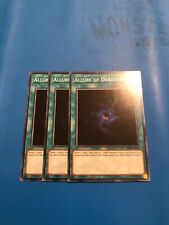
3x Rare/Common Allure Of Darkness Mixed Sets 1st Edition $4.23
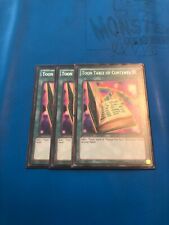
3x Rare Toon Table Of Contents Mixed Sets 1st Edition $11.07
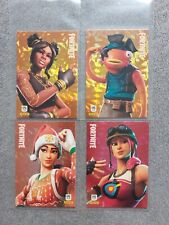
4x RARE Cards Fortnite 2019 CRYSTAL SHARD S1 Luxe Fishstick Bullseye Nog Ops $650.00
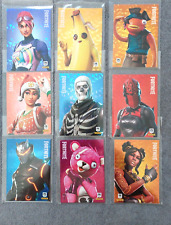
9x RARE Cards Fortnite 2019 CRYSTAL SHARD S1 Peely Skull Brite Nog Luxe Red Omeg $699.00
|